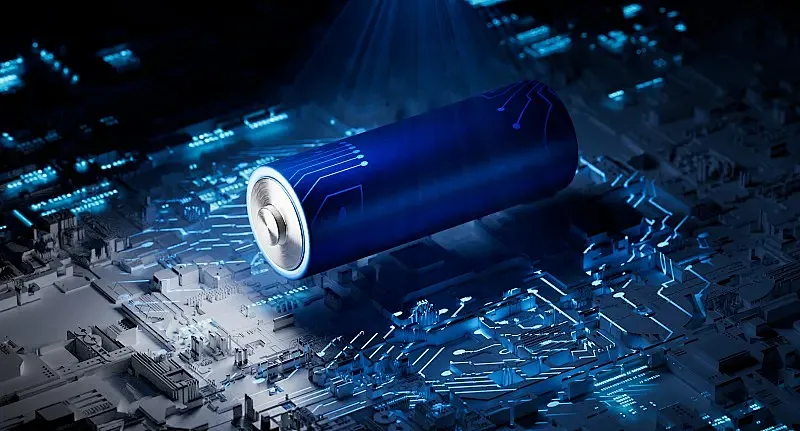Lithium battery safety
The safety of lithium batteries is a highly concerned and important issue.
Lithium batteries are usually safe and reliable under normal use, but there may be safety hazards under certain specific conditions.
Here are some factors that may affect the safety of lithium batteries:
Overcharging and overdischarging
Overcharging may cause side reactions inside the battery, generating a large amount of heat and increasing the risk of fire and explosion.
Excessive discharge can damage the battery structure, affecting battery performance and safety.
High temperature environment
High temperature can accelerate the chemical reactions inside the battery, causing it to overheat and even leading to thermal runaway.
Internal short circuit
Defects in the battery manufacturing process, physical damage during use, or uneven electrode materials may cause internal short circuits.
External short circuit
External circuit faults or improper connections may cause short circuits, instantly generating high currents and high temperatures.
Battery quality
Low quality batteries may have issues with material selection, production processes, and other aspects, which can affect safety.
In order to improve the safety of lithium batteries, manufacturers and related researchers have taken a series of measures:
Battery Management System (BMS)
Real time monitoring of battery voltage, current, temperature and other parameters to prevent overcharging, overdischarging and overheating.
Improve battery design and manufacturing processes
Improve battery consistency and stability, and reduce internal defects.
Choose appropriate electrode materials and electrolytes
To reduce the thermal sensitivity of the battery and improve safety.
For example, in some electric vehicles, advanced BMS systems are equipped to promptly detect abnormal battery conditions and take protective measures, effectively improving the safety of lithium battery use.











Please first Loginlater ~